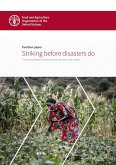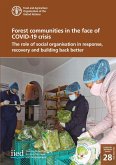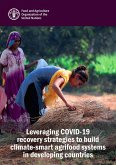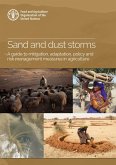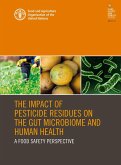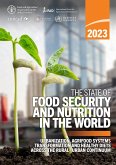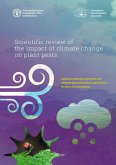Reducing the impact of disasters in agriculture requires a better understanding of the extent to which these events produce negative impacts in agriculture and necessitates an investigation into the underlying risks that make agriculture vulnerable to the effects of disasters.The FAO flagship report on 'The Impact of Disasters on Agriculture and Food Security' provides a timely and comprehensive overview of how disasters are affecting agriculture and food security around the world.Building on previous work of the FAO on this topic, the report estimates losses caused by disasters on agricultural production over the past three decades and delves into the diverse threats and impacts affecting the crops, livestock, forestry, and fisheries and aquaculture subsectors. It analyzes the complex interplay of underlying risks, such as climate change, pandemics, epidemics and armed conflicts, and how they drive disaster risk in agriculture and agrifood systems at large.The report provides examples of actions and strategies for investing in resilience and proactively addressing risks in agriculture. It demonstrates ways to mainstream disaster risk into agricultural practices and policies and calls for a deeper understanding of the context in which these solutions are implemented.
Dieser Download kann aus rechtlichen Gründen nur mit Rechnungsadresse in A, B, CY, CZ, D, DK, EW, E, FIN, F, GR, H, IRL, I, LT, L, LR, M, NL, PL, P, R, S, SLO, SK ausgeliefert werden.



